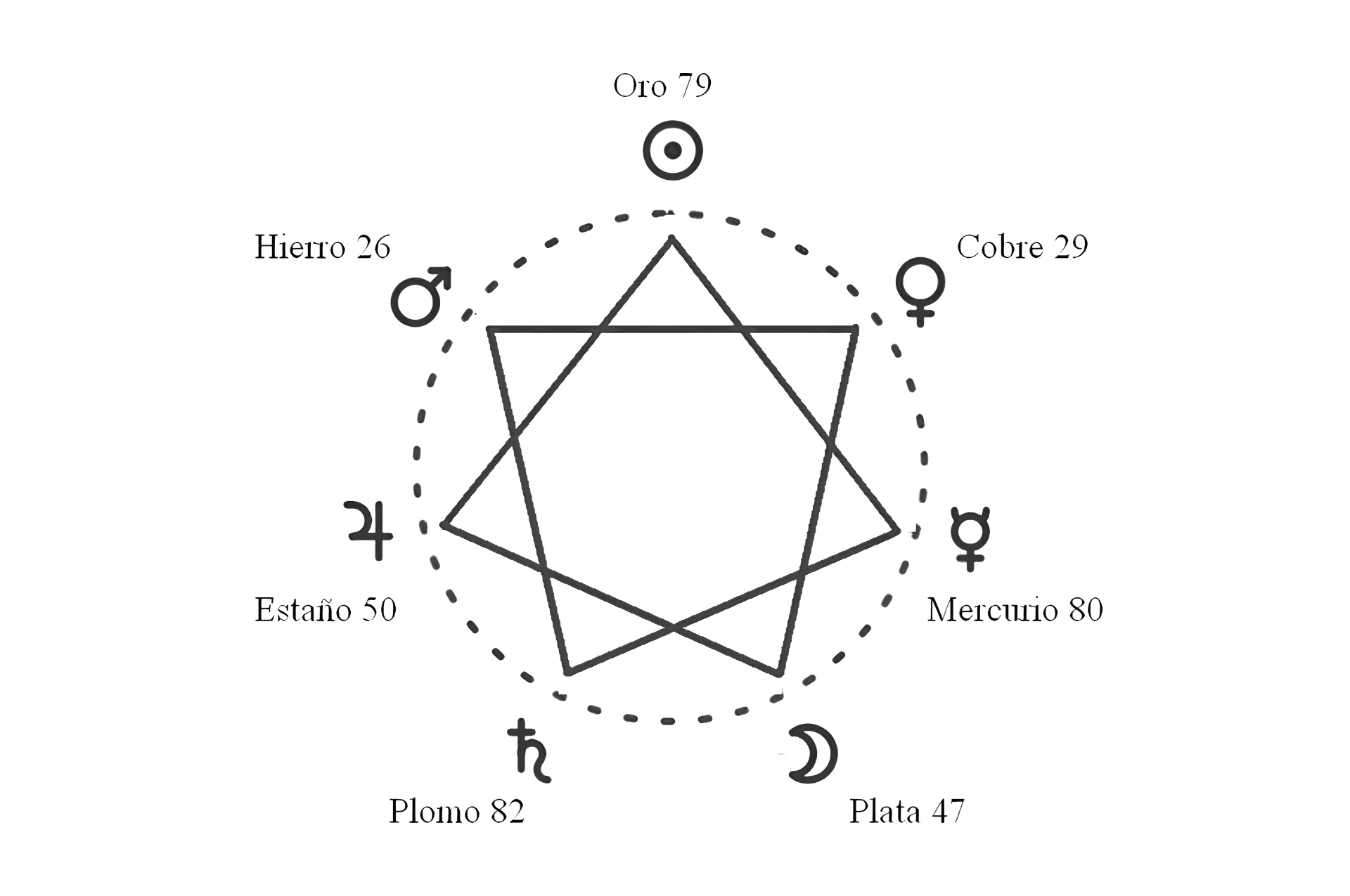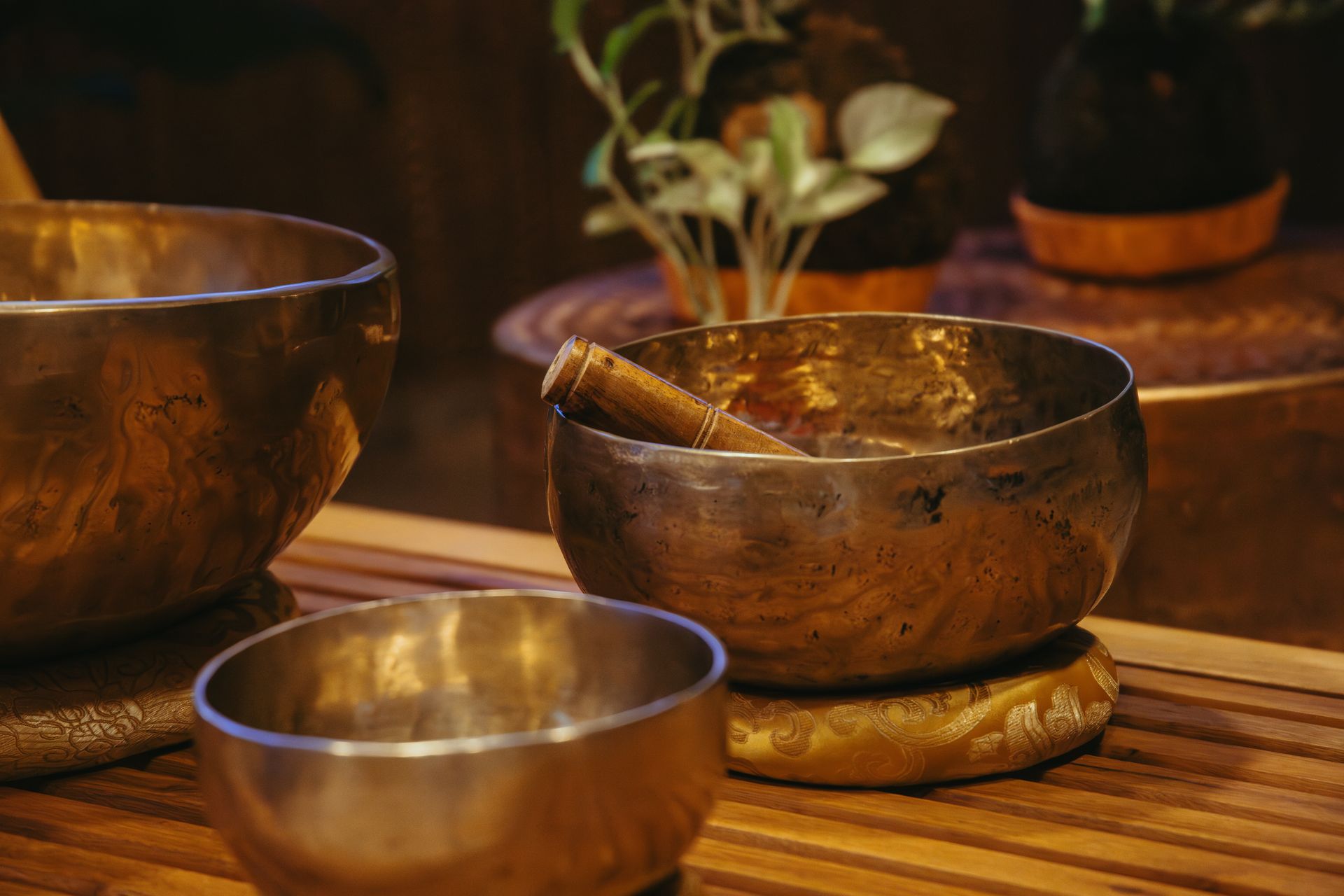The new alchemy of the 21st century.
The so-called “7 metals” gold, silver, iron, mercury, copper, lead and tin had a direct relationship with Western alchemy, although alchemy was practiced in both the East and the West: Mesopotamia, Ancient Egypt, Persia, India and China, in Ancient Greece, the Roman Empire, in the Islamic Empire and then in Europe until the 18th century, with a complex network of schools and philosophical systems that spans at least 2,500 years.
What was alchemy and what did it consist of? Ancient proto-scientific practice and philosophical discipline that combined elements of chemistry, physics, medicine, astrology and others, popularly cited as seeking to transform lead (or other elements) into gold, or achieving the universal panacea of eternal life and youth .
The transdisciplinary meaning of alchemy can, for example, be reflected in the expression “seven metals”, which ancient astrologers related to the “seven planets” (the Sun, the Moon and the five planets observable with the naked eye), themselves. associated with the main gods of the Greco-Roman pantheon.

The alchemical study of the transformations of matter was undoubtedly a precursor to current chemistry and physics, the latter already establishing themselves as well-established sciences.
In our 21st century, recycling has become a new alchemy, which allows us to recover elements (such as glass, plastic and metals) and transform them so that they return to the production cycle. This reduces the extraction of raw materials, taking care of natural resources, and reduces air, water and soil pollution.
Copper is a material that can be recycled 100%, that is, during the recycling process, it does not lose any of its chemical or physical properties. Therefore, it can be easily reincorporated into a new production to be used in its entirety and without restrictions.
Indeed, copper, in the same way as other metals, such as aluminum, can be recycled an unlimited number of times without losing or degrading its chemical or physical properties, being one of the most recycled materials since age.
The most important source of materials for recycling metals such as copper are products that have completed their functional life cycle (obsolete scrap). These include construction waste, such as plumbing, gas and heating installations or electrical cables, as well as electrical and electronic equipment and brass products.
The copper recycling process basically consists of the collection and classification of copper scrap during waste management based on its purity levels, for subsequent shipment to the smelter or final treatment. Thus, pure copper waste can be smelted directly. Its purity is checked by chemical analysis when it is still in a liquid state. It is then deoxidized and taken to intermediate forms, such as ingots, to be used in other processes.
The copper that is most recycled is that which comes from old cables that are no longer used, although it is also It can be extracted from computers, turbines, electric motors, which, on the other hand, require more complex recycling processes.

This new alchemy of recycling has become an enriching and beneficial business for society, especially in some Asian countries.
Let's look at a curious case in Taiwan: When Beethoven's Fur Elise is heard in Taiwan, citizens heed the call to deposit their garbage in the collection trucks. One of the vehicles is for garbage and another for recyclable materials. The campaign to reduce the amount of solid waste is gaining more and more followers, so a growing group of people gathers around the recyclables truck. In addition, thousands of people live by collecting paper, plastic and other materials that they sell to be converted into raw materials or other objects. Separating trash into categories has become an indispensable part of daily life and a source of unexpected wealth for many Taiwanese.
For example, many people were surprised to learn that the uniforms of several soccer teams participating in the 2022 World Cup were manufactured by Taiwanese companies from recycled polyethylene terephthalate (PET) bottles. Apart from being environmentally friendly, putting fabric made from PET bottles on the market is a successful business strategy.
In the West, some 21st century alchemists have their sights set on our Smartphones and their recycling: One of the most popular electronic recycling initiatives is the urban mine project at the University of New South Wales, in Australia, led by Veena Sahajwalla.
It all started in Bombay, where Veena Sahajwalla was born. When she was little, she was struck by seeing children her age collecting waste from the piles of waste in the streets. She wondered not only why they had a life so different from hers, but what could be done about that situation. She still did not suspect that she would become the alchemist of garbage nor that she would create urban mines that would combat pollution and that, in turn, would aim to be profitable like traditional mining.
Global waste will grow by 70% by 2050, estimates the World Bank, detailing that high-income countries (representing 16% of the world's population) generate more than a third (34%) of the planet's trash. The Global Alliance of Recyclers indicates that there are 15 million informal garbage collectors in the world, and that the majority are women, children, the elderly, migrants or minorities. According to UN Habitat, recyclers are essential in the waste economy because they collect between 50 and 100% of the garbage.
In this context, Sahajwalla wondered why society despises informal recyclers so much. Why aren't systems created to value their work? Why are so many valuable materials thrown away? These concerns haunted Sahajwalla during his studies. First, she studied metallurgical engineering at the Indian Institute of Technology in Kanpur, in the north of the country, where she graduated in 1986. She was the only woman in her class. Later, during her master's and doctoral studies in Canada and the United States; and finally in Australia, where she began her long career at the University of New South Wales (UNSW), in Sydney.
Over the years, Sahajwalla has become a true expert, receiving recognition and scholarships for her work. She was even named woman of the year in 2018 by the Australian version of the fashion magazine Harper's Bazaar. Unlike the vast majority of recycling projects, her ideas are based on rigorous and in-depth scientific research. “If you recycle a material to create something that is going to deteriorate in a few months and quickly end up in landfills anyway, you haven't solved any problem,” says Sahajwalla, adding: “The key is to produce something that is good.” in the social sphere, but that is also a high-quality material that can be used in industrial processes.”
In 2005, Sahajwalla invented a pioneering technology: green steel. It is a process by which old tires and recycled plastics are used instead of coke and other types of coal to make steel. The largest producer of this material in Australia, Liberty OneSteel, adopted this new technique and patented it as Polymer Injection Technology. It is now used under licenses in other countries in Asia and Europe, and Liberty says it increases energy efficiency by 3% and saves up to 35% on carbon costs.
Sahajwalla is now experimenting with what it calls "Urban mines": small laboratories where old computers, telephones and other electronic waste are used to extract metals (gold, silver, copper) and give them a new use.
Sahajwalla's idea is that “We have to talk about an economy of purpose, where people and the needs of communities are respected.” His idea is that urban mines can be installed in remote places or in garbage dumps where there is already an economy based on the recycling of materials. In this way, well-paid jobs could be created and, in addition, the damage to health and the environment caused by the informal recycling of electronic components can be avoided, by introducing standardized and safer metal extraction.
The inventor says that traditional mining demands more labor, while in her urban mine the work can be automated with robots that recover useful materials.
A recent study indicates that these types of facilities or “urban mines” can even be more profitable than traditional mining, especially in the case of copper.
It is the new alchemy of the 21st century.
As we mentioned at the beginning, historically it is possible to distinguish between two major lines in alchemy: Western alchemy and Eastern alchemy. Although longevity and eternal life are sought in both, it is only in the West that attempted it through the creation of the famous “philosopher's stone.”
The COBRE 29 strategy is located in the eastern line of the search for health and longevity.
Since the creation of Cobre29 we have been carrying out a transformation process for sustainability and recycling that covers all our areas and departments: From energy suppliers to experience product providers, we are actively committed to building a green ecosystem in all directions. .
A very tangible and coherent action with everything previously said is the introduction of natural products with organic farming components for all massages and services: It is our natural cosmetics line EL HAMMAM GARDEN, present in all the rites of COPPER 29.


